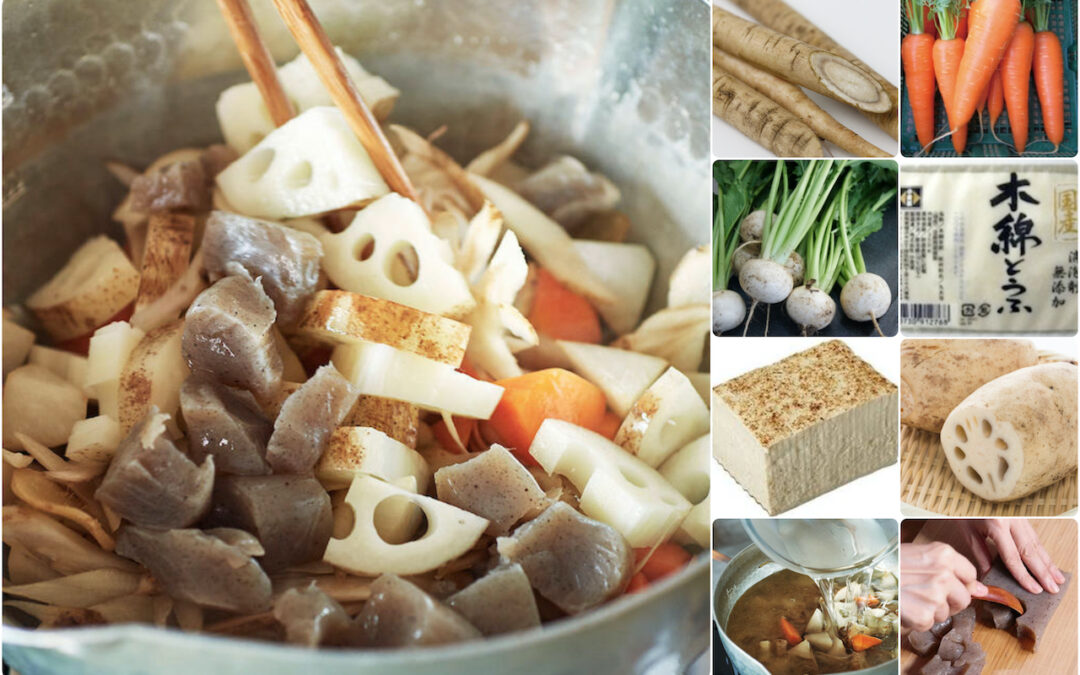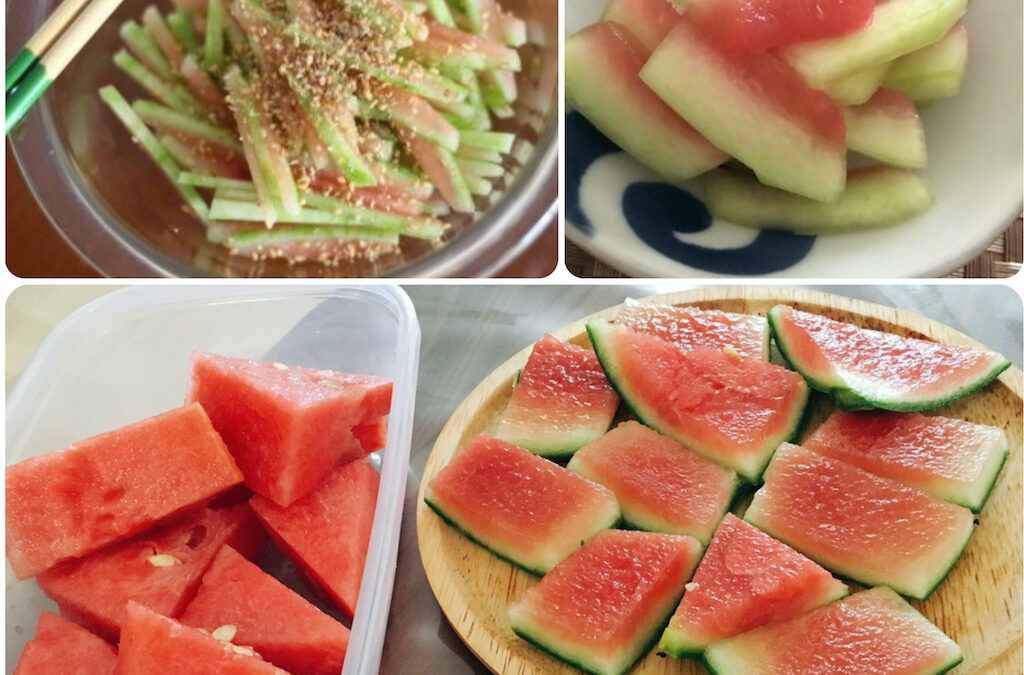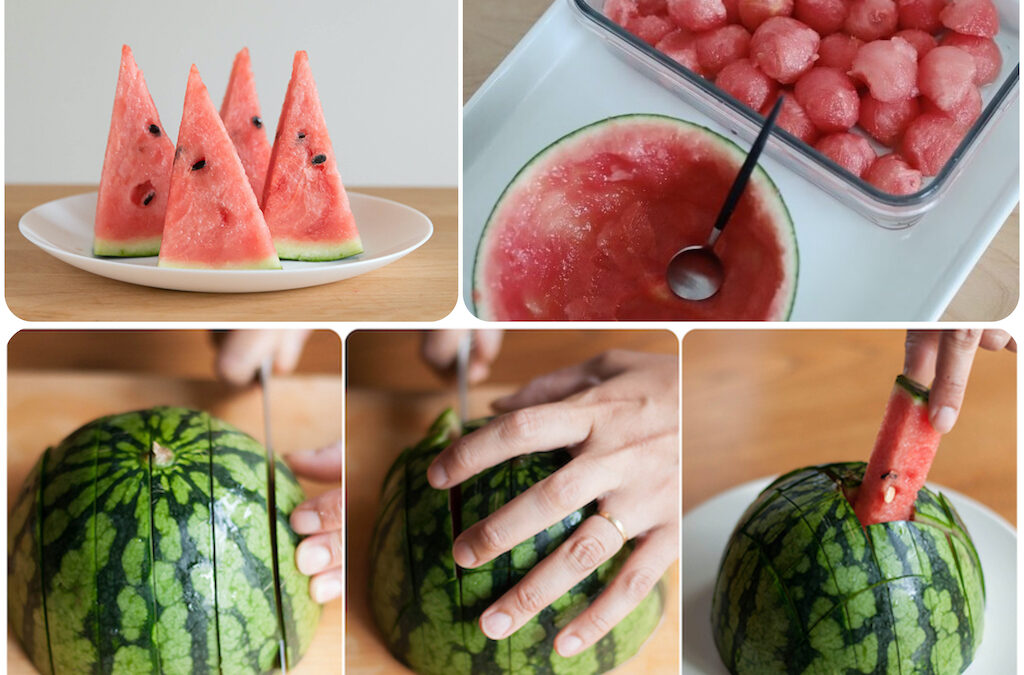
by Elizabeth Andoh | Oct 8, 2021 | Cooking Club, Recipes
BASIC RECIPE to assemble KENCHIN-JIRU When autumn evenings turn chilly, its time for a warm bowl of nutritious chowder. The origins of this one, kenchin-jiru, is thought to be resourceful monks at Kenchō-ji Temple (建長寺) in Kamakura. Utilizing vegetable scraps and bits...

by Elizabeth Andoh | Sep 24, 2021 | Autumn, Recipes
SUDACHI (left) & KABOSU (right) The Japanese have consumed a variety of citrus for millennia, enjoying both the juice and peels of the fruit. Many who reside outside Japan have become familiar with yuzu, a member of the Rutaceae (citrus) family primarily prized for...

by Elizabeth Andoh | Sep 24, 2021 | Cooking Club
Japanese Citrus: SUDACHI & KABOSU The Japanese have consumed a variety of citrus for millennia, enjoying both the juice and peels of the fruit. Many who reside outside Japan have become familiar with yuzu, a member of the Rutaceae (citrus) family primarily prized for...

by Elizabeth Andoh | Aug 19, 2021 | Recipes
Watermelon Rind TSUKÉMONO Making use of every edible part of a food — here the rind as well as the juicy flesh of watermelon — is part of the Japanese notion of kansha (appreciation). More than just a frugal approach to limiting food waste, kansha is a...

by Elizabeth Andoh | Aug 8, 2021 | Cooking Club
Good to the last drop WATERMELON Most watermelons are quite large and (unless you are feeding a crowd) are not easily consumed in a single session. This Kitchen Culture Cooking Club project is about finding ways to enjoy every bit of watermelon — flesh and rind...






